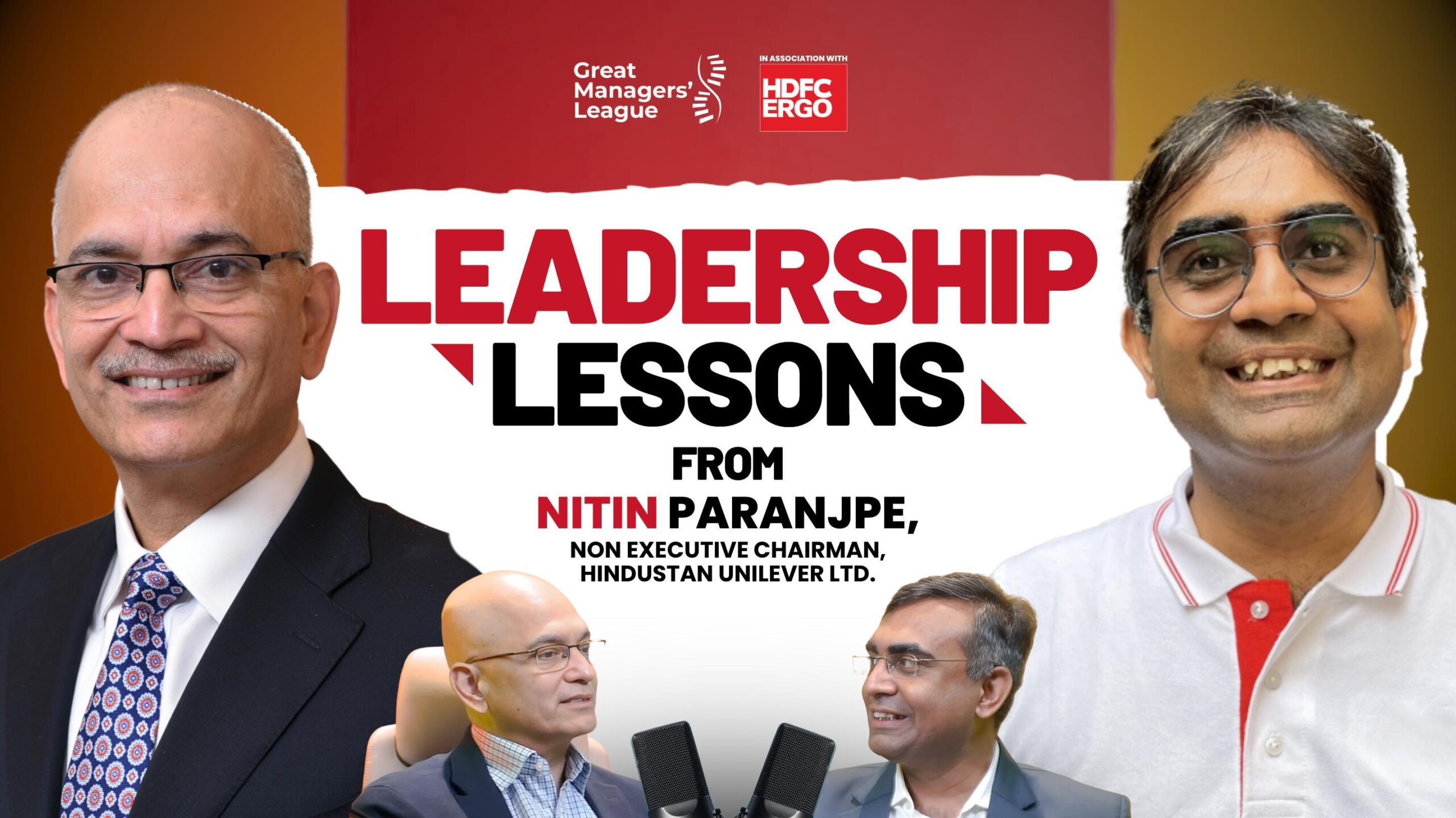First Time Manager (FTM) Programs - The missing piece in the people management puzzle
The composition of the Indian workforce has changed dramatically post COVID 19. In 2021, the percentage of men in the Indian workforce fell to 64% from 77% in 2020. The Indian workforce after the epidemic consists of an increasingly wide variety of diversity in gender, race, ethnicity, age, physical ability, religion, education, and lifestyle. Hiring of gig workers for white collar jobs is on the rise, remote working is now commonplace. Mental health concerns in the workforce are growing. Employees are increasingly emphasising elements such as flexibility, work life balance, healthy work culture etc as much as salary and professional progress. All this is placing ever increasing demands on organisations. On the front lines of facing these challenges are first time managers {FTM}s.
While stepping into a managerial role for the first time has always been demanding. First time managers, today, are not just managing people for the first time but also handling never seen before challenges for the first time.
The largest employee population in most organisations is that of front-line workers. As a result, front-line managers play a critical role in building a healthy relationship between the workers and the organization. Because the workforce regards these front-line managers as the organization’s face, support from the front-line managers is seen as organisational support. In most organisations the first managerial role is this crucial role of a front-line manager.
Many first-time managers (FTMs) feel underprepared for their role. As per a study the percentage of FTMs could be as high as 56%. Another study shows that 60% of new managers fail within their first 2 years on the job. Yet only 34% of FTMs say that they received any training at all before taking up their roles. There’s clearly a mismatch in the expectations being placed on new leaders and the help that they are being provided with to deliver on those expectations.
New leaders don’t just need any generic training program, they need a leadership development tailored to their needs. One-time sessions have been proven to be unhelpful in developing stronger leaders since behavioural transformation is a long-term process that needs ongoing input and feedback. Most programs primarily focus on skill training in improving capability in communication, teamwork etc. However, first time managers need more input than skill training.
The Challenges of First Time Leadership
Rising to the position of people manager is regarded as a sign of professional development and may be regarded as a desirable job without employees having an adequate understanding of the extra responsibilities and strains that may be placed on them. A study showed that a lot of first-time managers struggle with issues like delegation, communication, time management and motivating others. The urge to prove oneself as “being worthy” of the position by simply “trying harder” may lead new leaders away from finding actual solutions to the obstacles they face.
The prospect of managing employees who were once peers is, yet another challenge faced by managers. Asserting authority and demanding accountability while still maintaining a trust-based relationship and positive work culture is a fine balancing act that even experienced managers struggle to pull off.
FTMs are often faced with the common phenomenon known as “Imposter Syndrome”. It is used to define a sense of feeling undeserving of one’s success or position in their personal and professional life. What sports teams have known for a long time is that
Great players don’t always make great coaches. This is one of the most well-established facts in the world of sports. The skills that determine individual brilliance are not the same as those that ensure collective achievement. The same can also be said for people finding themselves in leadership roles for the first time.
The first step to creating an effective leader is to help people see themselves as leaders. This however is easier said than done. In the modern workplace where the traditional top-down management is being replaced by a more agile, collaborative and inclusive work culture, they may lack the necessary role models at senior levels of management to help them transition into their leadership role since senior managers themselves are inexperienced with handling such monumental changes as FTMs. Recent employment data in India also shows that tier2 and tier3 cities are experiencing a higher rate of growth in terms of employment. Managers in these locations may be more removed from the right individuals and resources that are crucial for their leadership development.
Whether it’s skillset, expectation setting, or adjusting to a new dynamic within the organisation. New leaders are fighting battles on multiple fronts. There are two critical actions that you can take to make your first time managers grow to be successful leaders.
Building a network
Empowering new leaders to develop a better professional network can help them build a stronger support structure that will aid them during their transition time. Building a professional network is vital for first-time managers as it provides access to knowledge, mentorship, collaboration, career opportunities, support, and credibility. It enables them to grow both personally and professionally, enhancing their effectiveness as managers and setting the stage for long-term success.
Ability to deal with Failure
No learning is complete without a certain amount of trial and error. First-time managers often miss their own personal success and have to watch their direct reports receive attention for their contributions in a workplace where rewards and bonuses are more closely tied to individual performance than team accomplishments. This may leave them lacking motivation to take on their new responsibilities, which will negatively impact both their own performance and the performance of their team. Every FTM programme should include lessons on how to deal with failure. Learning from failure is essential for building resilience and flexibility as well as for translating information gained into useful expertise.
First-time managers become a tremendous asset for organisations when they receive the proper training and support. Afterall, they are the first point of contact and represent the face of the organisation to the thousands of employees who may not have access to senior management.











